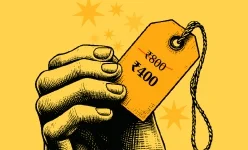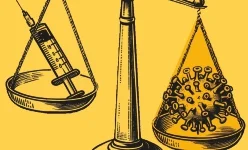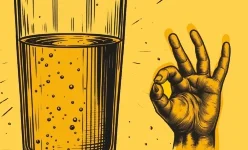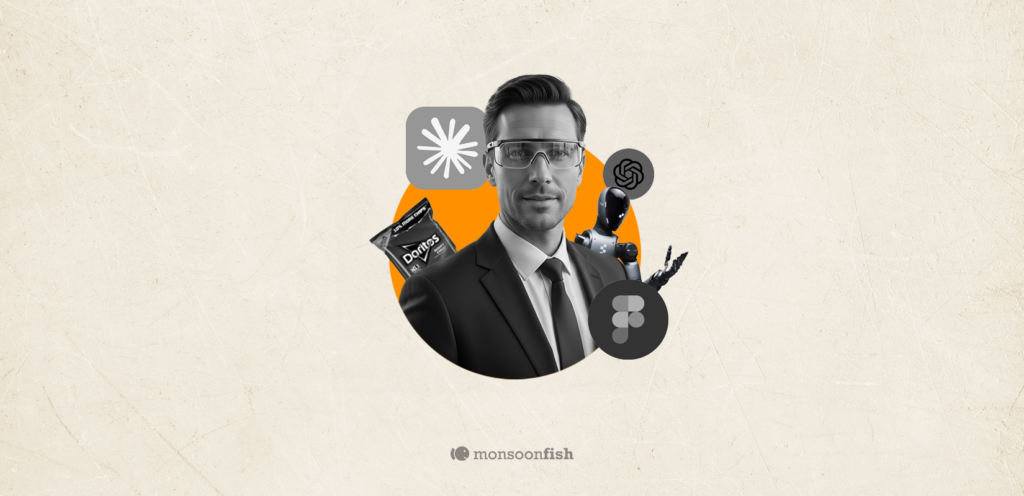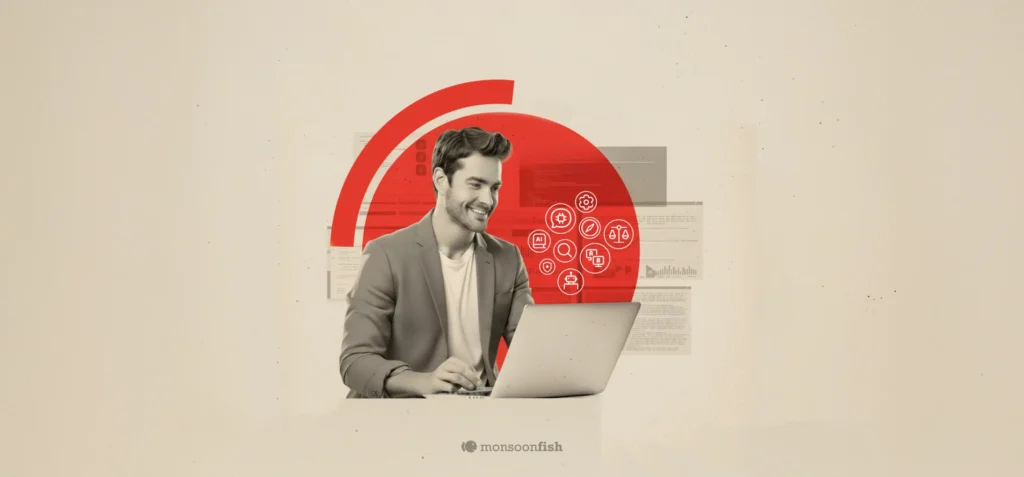Salience Bias
Our tendency to focus on items or information that are more noteworthy while ignoring those that do not grab our attention.

Salience Bias
Samantha had a knack for spotting the latest trends, and she prided herself on keeping up with the ever-changing world of fashion and health products. One evening, while grocery shopping, she noticed a new line of organic energy drinks sitting on a prominent shelf. The bright, bold packaging and buzzwords like “superfoods” and “clean energy” stood out against the more mundane products around them.
Excited by the claims of better focus and sustained energy, she grabbed a few cans, thinking they’d be the perfect addition to her routine. As she reached the checkout counter, her eyes also caught a more understated display of a low-sugar, high-protein snack bar. The packaging was plain, and the bars didn’t have the flashy claims that the energy drinks did. They almost went unnoticed, tucked away on a small shelf in the corner.
Later that week, Samantha tried the energy drinks and felt a burst of energy. However, as the days passed, she began to feel a slight crash and restlessness in the afternoons. Meanwhile, her friend Julia, who was more focused on whole foods and simple snacks, had recommended the protein bars. Samantha decided to give them a try and found that they offered a more consistent, long-lasting energy boost without the highs and lows of the drinks.
This situation illustrates Salience Bias, where Samantha focused her attention on the flashy, eye-catching energy drinks while overlooking the more subtle, unassuming snack bars. The drinks stood out due to their bright packaging and exaggerated promises, causing her to prioritize them over something that, while perhaps less noticeable, would have been more beneficial. Salience Bias often leads us to make decisions based on what stands out most—often at the expense of other important details that don’t immediately grab our attention.
Contents
CATEGORIES










